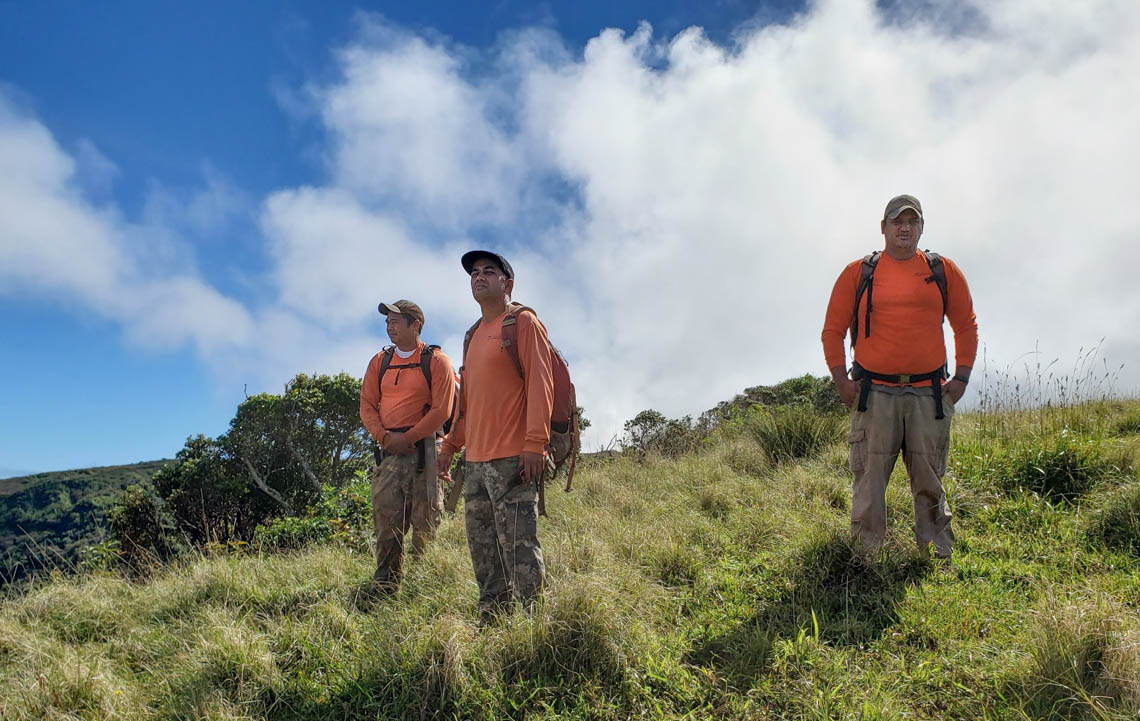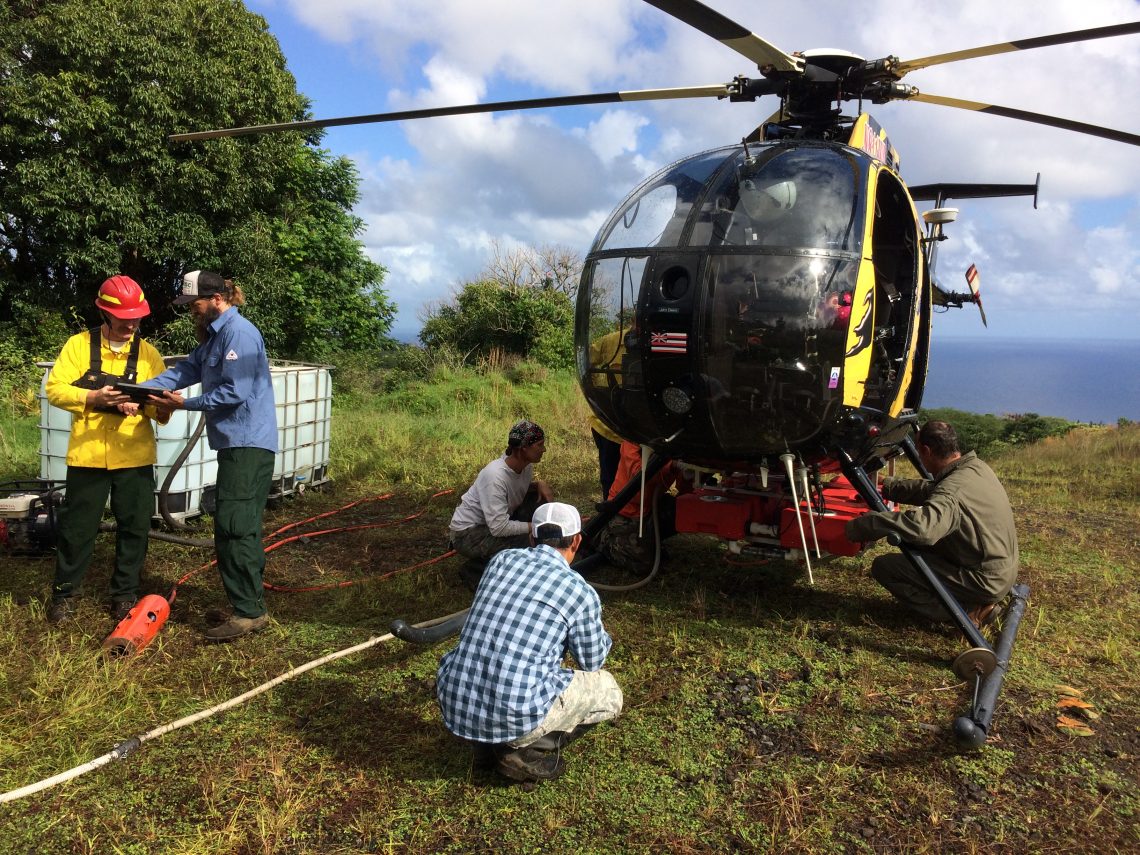The Maui Invasive Species Committee is hiring 15 full-time 4 to 5 -month temporary field positions for the coqui frog control crew.
Measuring the impacts of invasive plants in Hawai’i’s watersheds
Differences in both the physical structure and growth characteristics contribute to different rates of transpiration between native and invasive species. Tom Giambelluca is looking closely at those differences.
Plant Crew – April/May 2020
The Piʻiholo and Hāna based plant crews are prioritizing plant control work in remote locations accessible by ground while remote…
Read More
MoMISC – April/May 2020
The crew of the Molokai/Maui Invasive Species Committee has adjusted fieldwork to reflect the Covid-19 guidelines: starting in April, they…
Read More
Little Fire Ants – April/May 2020
Since April and through May, the MISC little fire ant crew has been working on the following surveys and treatment: …
Read More





